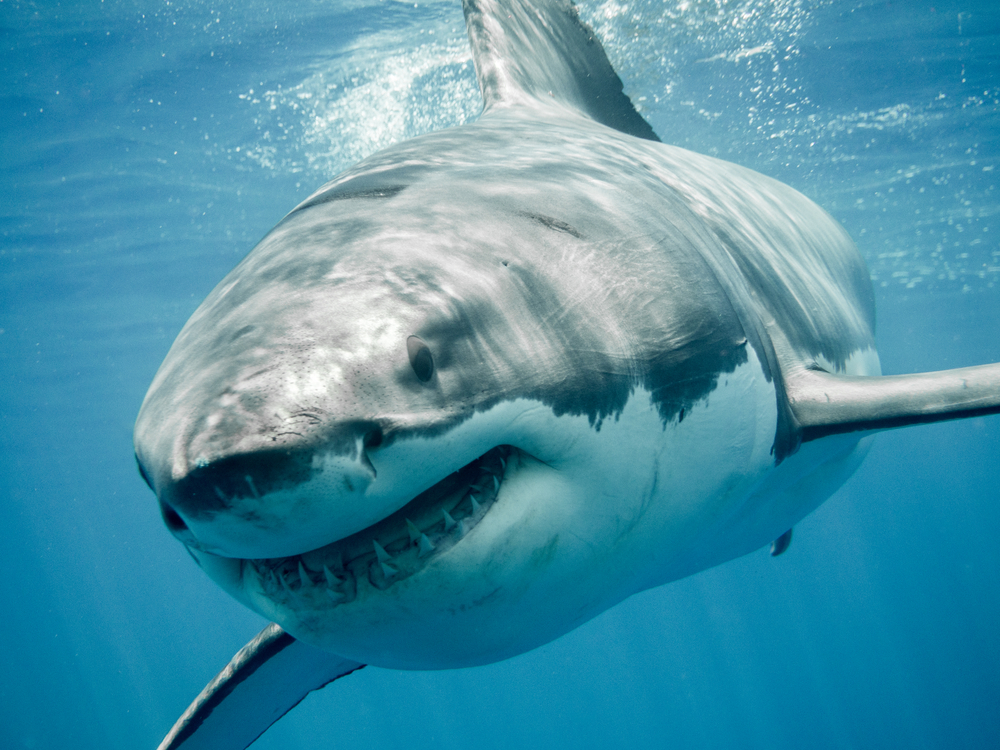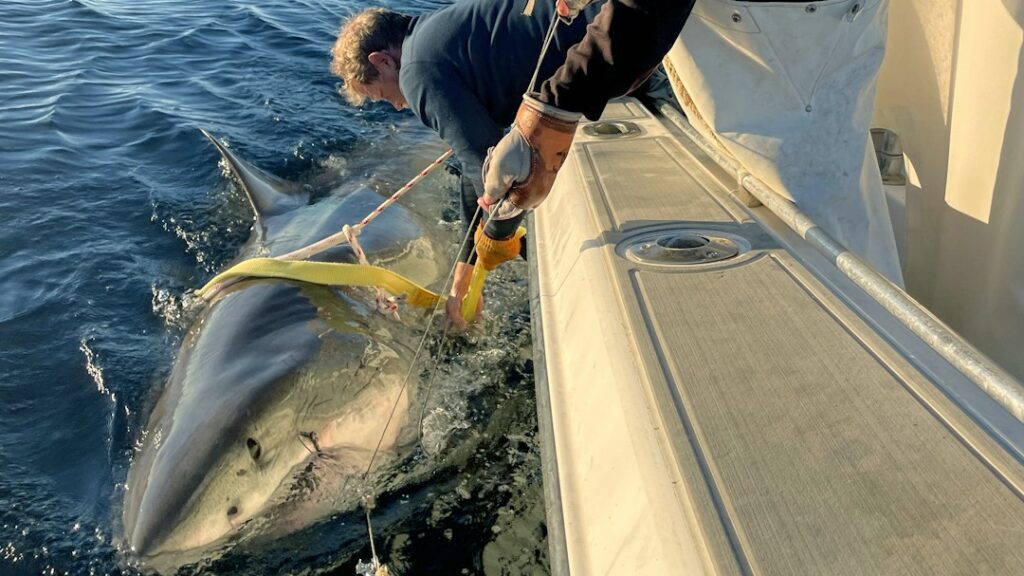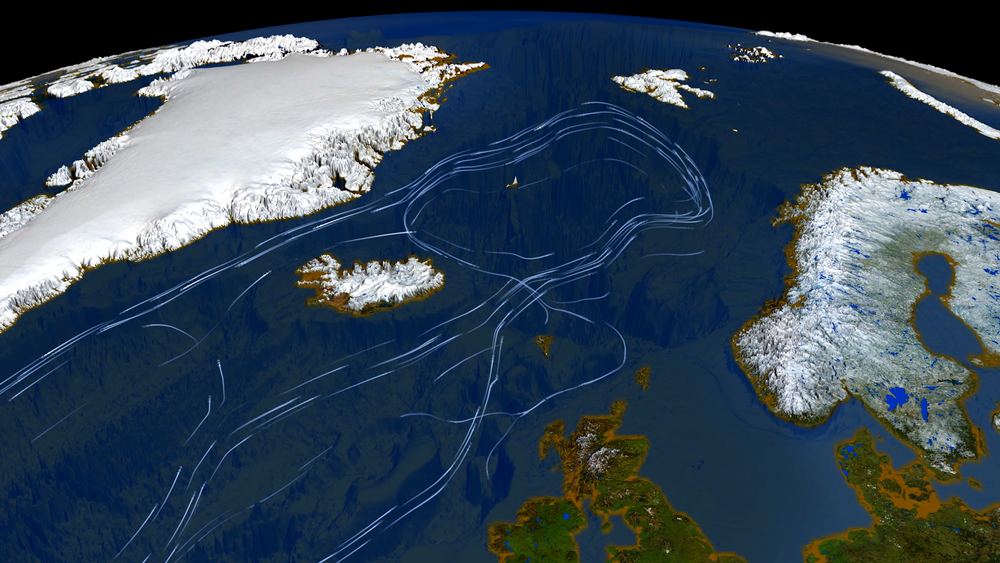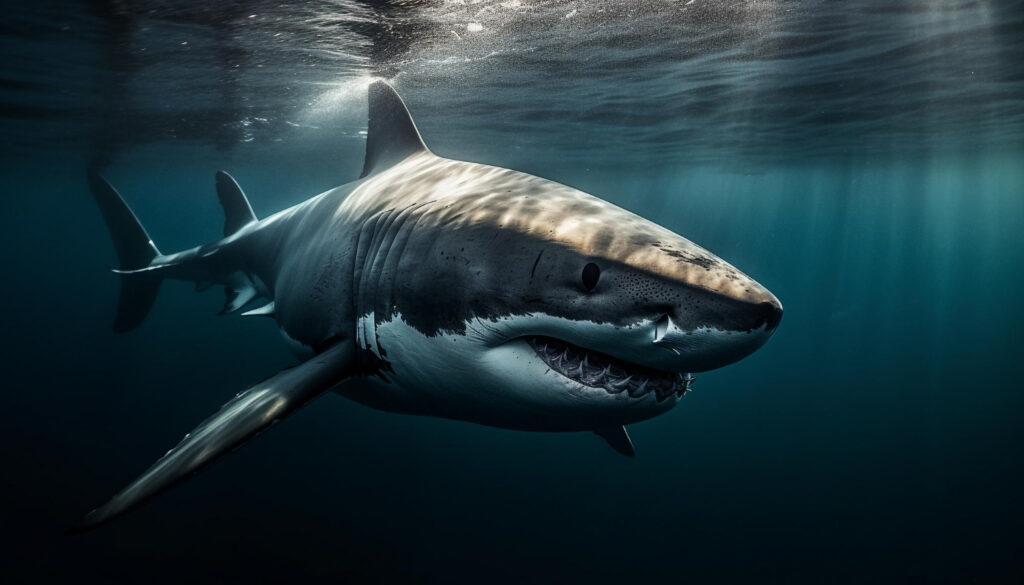The Atlantic’s Largest Male Great White Shark Reappears, Unlocking Ocean Mysteries

A mature male great white shark, whose impressive size has earned him a record-setting title, has reappeared in a surprising northern location, capturing the attention of scientists and the public alike. The shark, named ‘Contender’, measures an astounding 13 feet, 9 inches and weighs an estimated 1,653 pounds, making him the largest male great white ever tagged by the research organization OCEARCH in the Western North Atlantic.
His journey, tracked via a satellite tag, is providing researchers with invaluable data, offering a rare glimpse into the life of one of the ocean’s most formidable and misunderstood predators. While the headlines focus on his massive frame, the real story lies in what his movements can teach us about the health of our marine ecosystems and the enduring mysteries of his species.
Sizing Up a Sea Titan

While Contender’s size is certainly remarkable for a male, the claim of “biggest ever” comes with important scientific context. In the world of great white sharks, females are the true giants, a biological trait known as sexual dimorphism. This size difference is a crucial evolutionary adaptation, as mature female great whites grow substantially larger than males to support the immense biological demands of carrying and giving birth to large, well-developed pups over a long gestation period. On average, males measure between 11 and 13 feet, while females typically reach 15 to 16 feet.
For perspective, Contender is significantly smaller than some of the most famous female sharks on record. The legendary ‘Deep Blue’, widely considered the largest great white ever documented, is estimated to be a colossal 20 feet long and weigh nearly 5,000 pounds. Her size, however, was estimated through photographic analysis—a method that can lead to debate and variability due to camera angles, water distortion, and the lack of a fixed object for scale.
In contrast, Contender’s measurements are precise and undisputed, taken directly by scientists with a tape measure on the OCEARCH research lift. Even within the OCEARCH database of these physically measured animals, females like ‘Nukumi’ (17 feet, 2 inches) and ‘Mary Lee’ (16 feet and over 2,600 pounds) are substantially larger than Contender.
Therefore, his record is specific: he is the largest male shark studied by this particular research group in the specific Western North Atlantic population. At an estimated age in his early 30s, he is a fully mature adult in his prime. This distinction moves the focus from sheer size to his more significant role as a healthy, reproductively active male who is a vital part of the population and an invaluable informant for science.
The High-Tech Pursuit of an Apex Predator
The detailed information known about Contender is the result of a sophisticated and daring scientific operation conducted by OCEARCH, a global non-profit dedicated to studying keystone marine species. The organization utilizes a 126-foot vessel, the M/V OCEARCH, which acts as a floating laboratory equipped with a 75,000-pound hydraulic platform. This lift safely raises a shark from the ocean for a brief period—typically no more than 15 minutes—allowing a coordinated team of veterinarians and biologists to conduct a comprehensive workup while a continuous flow of seawater runs over its gills. On the platform, it is a scene of controlled urgency, with more than a dozen scientists working simultaneously to maximize the data collected in the short timeframe.
During this brief window, researchers attached a Smart Position and Temperature (SPOT) tag to Contender’s dorsal fin. This is the primary tool for real-time tracking, sending a location “ping” to a satellite every time his fin breaks the surface and allowing anyone to follow his journey on the free OCEARCH Global Shark Tracker.
To get a three-dimensional picture of the shark’s life, other tools like Pop-up Satellite Archival Tags (PSATs) are also used, which record depth and temperature before detaching and transmitting a summary of archived data. In addition, acoustic tags are often implanted, emitting unique ultrasonic signals that are detected by underwater receivers, providing fine-scale data on how sharks use specific, localized areas.
Beyond tagging, the team collected a suite of crucial biological samples. Blood samples reveal a wealth of information, from stress hormones like cortisol and reproductive hormones like testosterone, to exposure to environmental toxins such as heavy metals. A small muscle tissue sample is used for stable isotope analysis, which helps scientists understand the shark’s long-term diet by tracing chemical signatures from prey up the food chain. For a mature male like Contender, semen samples were also collected to analyze sperm viability, offering critical clues to when and where males are reproductively ready.
The Hunt Leads North

Since being tagged off the Florida-Georgia border in January 2025, Contender has embarked on a classic seasonal migration. He traveled south along the Florida coast before beginning his long journey north. Along the way, he made a “rest stop” off Cape Hatteras, North Carolina—an area known as a biological hotspot where currents converge, creating rich food resources that allow migrating sharks to feed and build energy reserves. After spending part of the summer near the well-documented foraging hotspot of Cape Cod, Massachusetts, he undertook an impressive 870-mile journey in just 73 days.
Most recently, his tag transmitted a “rare ping” from a location that surprised researchers: the northern Gulf of St. Lawrence, near Newfoundland and Quebec. This extensive journey north is driven by a powerful instinct: the hunt for food.
Scientists confirm his presence so far north is a direct response to an abundant supply of high-calorie prey, particularly harbor and gray seals, whose populations have been recovering in the area. His presence there is not an invasion, but rather a re-establishment of a historic range for his species, following the food source.
His ability to thrive in these chilly waters, which registered a surface temperature of about 50°F (10°C), is due to a remarkable adaptation. Great whites are regionally endothermic, meaning they can keep their body temperature significantly warmer than the surrounding water. This “warm-bloodedness,” achieved through a network of blood vessels called the rete mirabile that acts as a heat exchanger, is a major metabolic advantage that fuels their power as predators. However, this system comes at a high energetic cost and requires a rich food supply to fuel their internal furnace, which is why the dense seal colonies are so vital. As OCEARCH founder Chris Fischer explained, a great white in cold water is “like horses in winter; as long as they have food, they’re fine. If they run out of food, they freeze very quickly.”
A Messenger from the Deep

The story of Contender is a powerful reminder that our perspective shapes the world we see. It’s easy to get caught up in the myth of the “monster,” a narrative fueled by fear and fascination. But when we look closer, we find a story of science, discovery, and hope.
Contender is not a beast; he is a barometer of our planet’s health. His journey signals a rebalancing ecosystem, and the data he carries is a beacon guiding scientists toward answers that will help protect his species for generations to come. He represents the line between sensationalism and science, between myth and meaning.
What other “monsters” in our world, or even in our own lives, might we see differently if we chose to look past the surface? This shark’s journey is a call to action for our own minds: to question the narratives we are fed, to seek out the deeper context, and to replace fear with a courageous curiosity. Because it is only by understanding our world that we can truly begin to protect it.
Loading...

